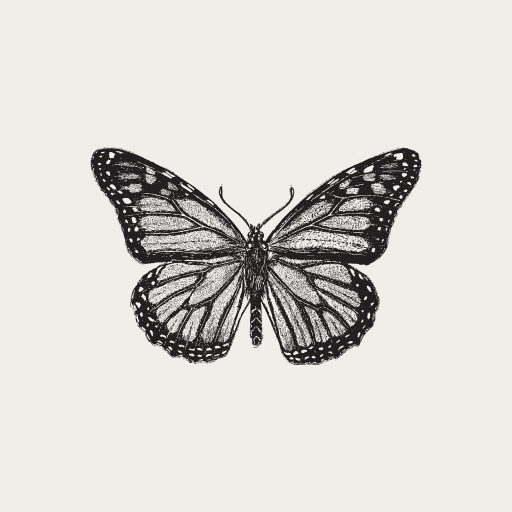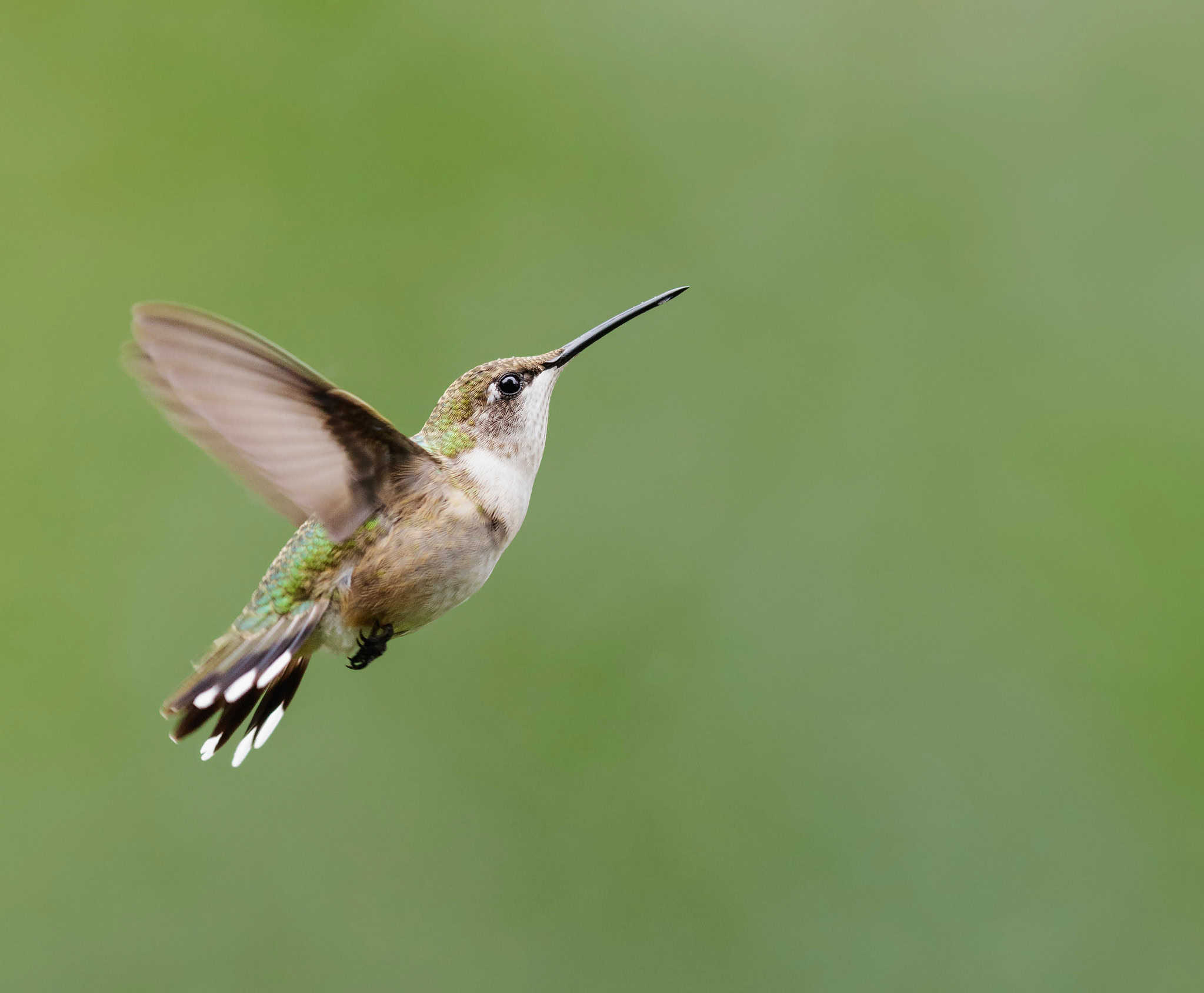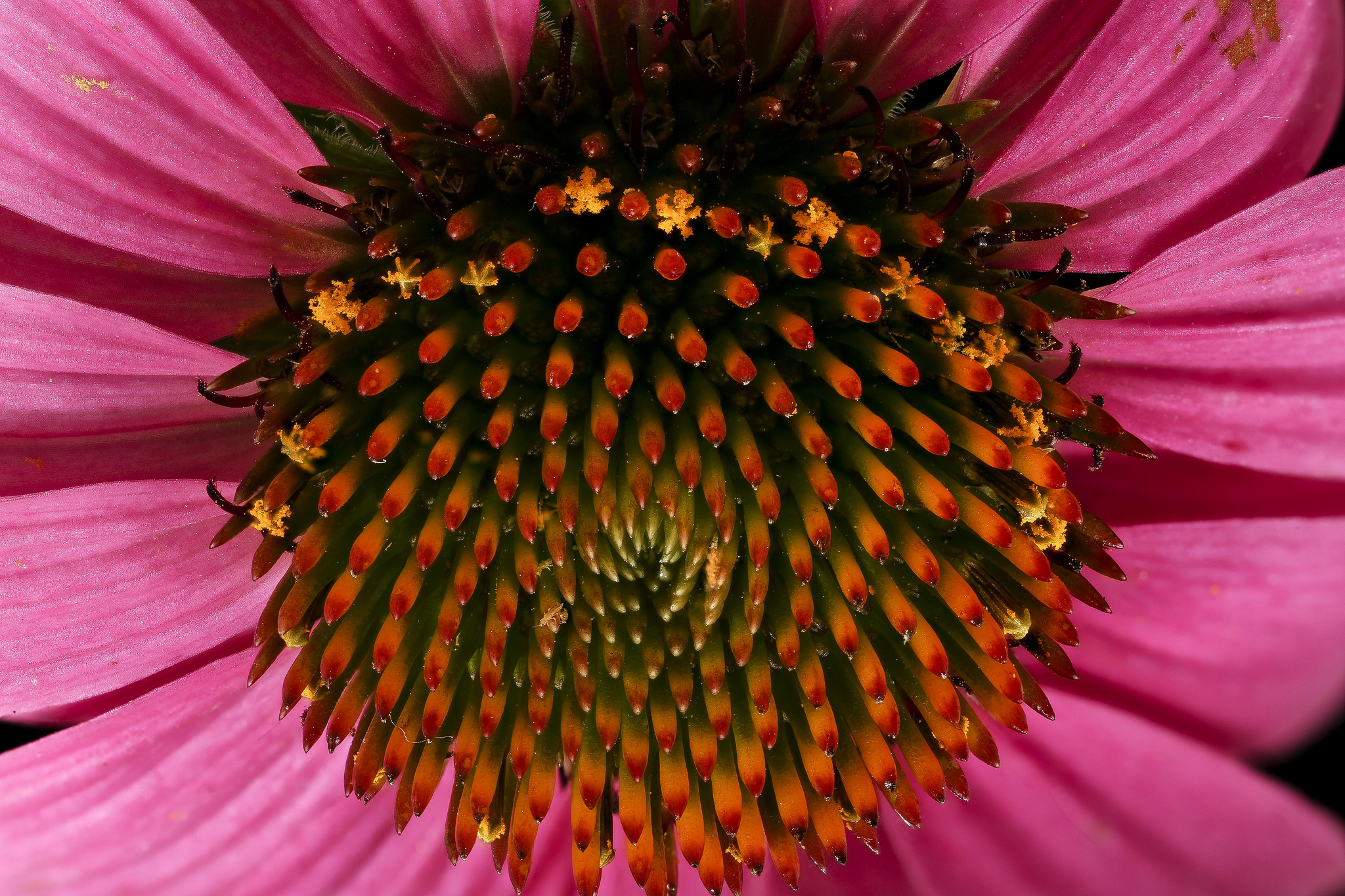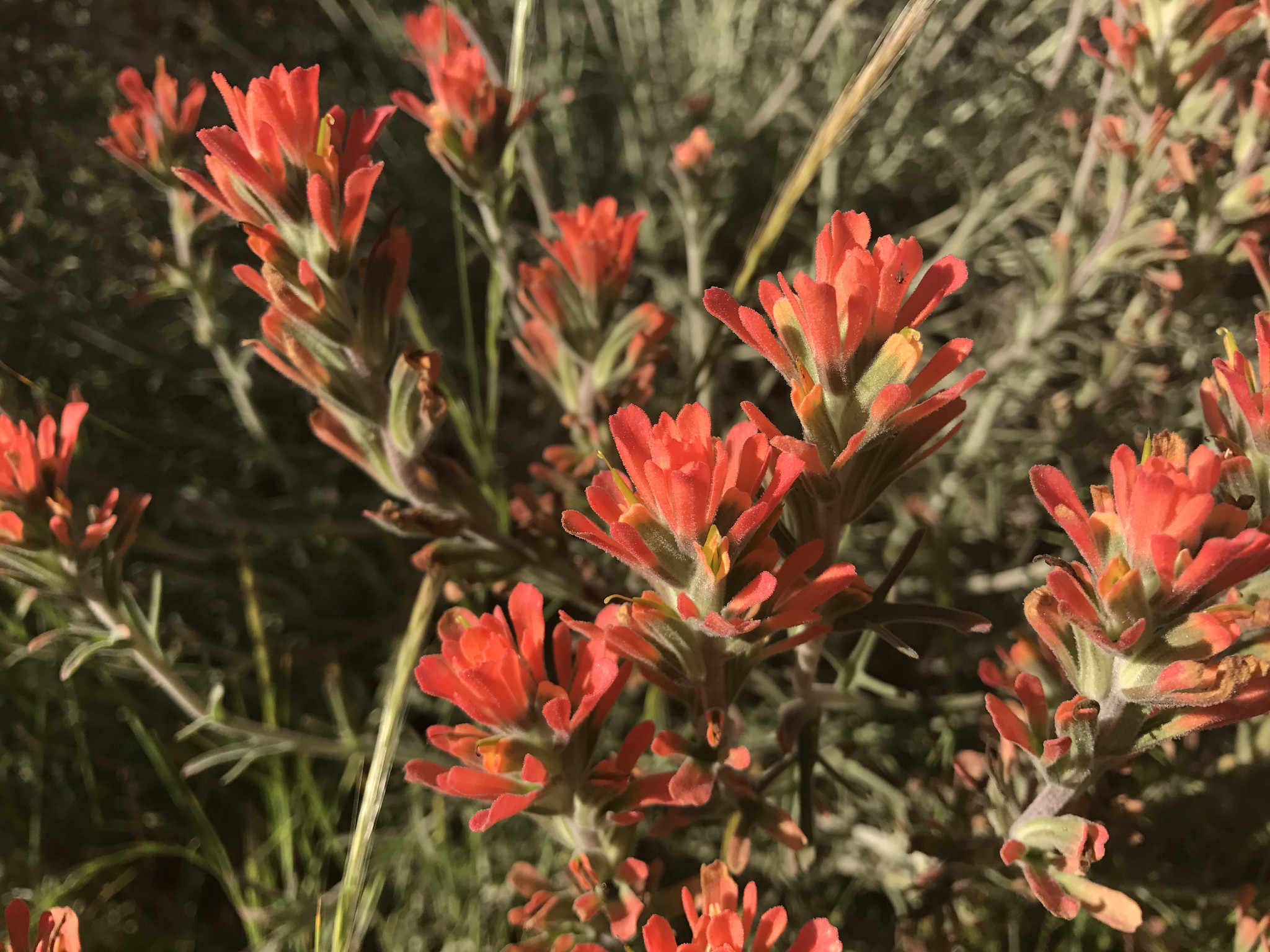Planting Species That Attract Bees, Butterflies, and Hummingbirds
As a conservationist and artist, I’ve always been fascinated by the delicate balance that keeps our ecosystems thriving. Pollinators—bees, butterflies, hummingbirds, and other insects—are crucial to the health of our environment, yet they face numerous challenges, from habitat loss to pesticide exposure. But there’s a simple and beautiful way we can help: by planting native flowers that attract and support these essential creatures.
Native plants provide food and shelter for pollinators, offering a safe haven where they can thrive. In this article, I’ll share some of the best native flowers you can plant to support bees, butterflies, and hummingbirds while enhancing your landscape with vibrant blooms. Whether you’re a seasoned gardener or just starting out, these species will help you create a pollinator-friendly paradise in your own backyard.
Why Native Flowers Matter for Pollinators
Native flowers are the perfect source of nectar and pollen for pollinators. Over generations, these plants and their pollinators have developed a mutually beneficial relationship, each relying on the other for survival. When we plant native flowers, we provide pollinators with the resources they need to thrive, and in return, they help these plants reproduce by transferring pollen.
Native flowers are also better suited to local soil and climate conditions, making them more resilient and easier to care for than non-native species. Additionally, they require less water and fewer chemicals, making them a sustainable choice for both the environment and your garden.
Best Native Flowers for Bees
Bees are some of the most effective pollinators, visiting flowers to collect nectar and pollen, which they bring back to their colonies. Planting a variety of native flowers will provide bees with a steady food source throughout the seasons. Here are a few top choices for attracting bees:
- Bee Balm (Monarda fistulosa): With its fragrant, tubular flowers, bee balm attracts a wide range of pollinators, especially bees. It blooms in mid-summer and provides a rich nectar source.
- Purple Coneflower (Echinacea purpurea): These tall, daisy-like flowers are not only beautiful, but also a favorite of bees. They are hardy and can thrive in a variety of soil conditions.
- Goldenrod (Solidago spp.): Known for its bright yellow blooms, goldenrod provides bees with nectar in late summer and fall when other sources of food may be scarce.
Best Native Flowers for Butterflies
Butterflies are some of the most visible and enchanting pollinators. By planting native flowers that butterflies love, you can create a vibrant, colorful garden while helping these delicate creatures. Here are a few native flowers that attract butterflies:
- Milkweed (Asclepias spp.): The iconic plant for attracting monarch butterflies, milkweed provides both nectar and a place for monarchs to lay their eggs. It also supports other butterfly species, making it a must-have for your pollinator garden.
- Black-eyed Susan (Rudbeckia hirta): These cheerful, golden-yellow flowers are a butterfly favorite. They bloom for a long period, providing a steady source of nectar throughout the summer.
- Blazing Star (Liatris spicata): With its tall, spiky purple flowers, blazing star is a magnet for butterflies, especially during its late-summer bloom.
Best Native Flowers for Hummingbirds
Hummingbirds are drawn to tubular flowers, which offer them easy access to nectar. By planting the right native species, you can create a hummingbird haven in your garden. Some great native flowers for attracting hummingbirds include:
- Trumpet Vine (Campsis radicans): This fast-growing vine features large, trumpet-shaped flowers in bright orange and red hues, which hummingbirds find irresistible.
- Coral Honeysuckle (Lonicera sempervirens): This native vine produces clusters of tubular flowers that range from yellow to red and are adored by hummingbirds.
- Columbine (Aquilegia canadensis): With its unique, spurred flowers and vibrant red and yellow color, columbine is a hummingbird favorite, especially in the spring and early summer.
Creating a Pollinator-Friendly Garden
When designing a garden to attract bees, butterflies, and hummingbirds, consider these simple tips to maximize the benefits of native flowers:
- Plant in Clusters: Grouping plants together in clusters makes it easier for pollinators to find food. Planting several of the same species together also makes your garden more visually appealing and provides more nectar at once.
- Choose Plants for Different Seasons: Ensure you have flowers blooming throughout the year. This will provide continuous food sources for pollinators, especially during critical times like spring and fall when nectar can be scarce.
- Avoid Pesticides: Pesticides can harm pollinators and other beneficial insects. Opt for natural pest control methods to keep your garden safe for pollinators.
- Provide Water and Shelter: In addition to flowers, offer a shallow birdbath or water source where pollinators can drink. You can also create habitats for them with patches of undisturbed ground, rocks, or a small pile of twigs.
Supporting Pollinators with Native Flowers
By planting native flowers that attract bees, butterflies, and hummingbirds, we can create a thriving habitat for these vital pollinators. Not only do these flowers support local ecosystems, but they also beautify our gardens and provide us with the opportunity to reconnect with nature. Whether you’re looking to enhance your landscape or support biodiversity, planting native flowers is an easy and impactful way to make a difference.
So, let’s make our gardens a sanctuary for pollinators. By choosing the right native flowers, we can help ensure a future where bees, butterflies, and hummingbirds continue to thrive, and in turn, support the many plants and animals that rely on them.
Are you ready to plant a pollinator-friendly garden? Start by choosing a few native flowers that attract bees, butterflies, and hummingbirds. Visit your local native plant nursery or check online resources for species that will thrive in your region. Together, we can create spaces that support wildlife and the beauty of our natural world.
FAQ: The Best Native Flowers for Pollinators
Native flowers are crucial for pollinators because they provide the right kind of nectar and pollen that these creatures have evolved to feed on. These flowers are adapted to local climates and soil, making them more resilient and less reliant on water or chemicals. By planting them, we help pollinators thrive, which in turn supports local ecosystems.
Some of the best native flowers for attracting bees include:
Bee Balm (Monarda fistulosa): Known for its fragrant, tubular flowers that bloom in mid-summer.
Purple Coneflower (Echinacea purpurea): Hardy and beloved by bees.
Goldenrod (Solidago spp.): Provides late-season nectar when other sources are scarce.
To attract butterflies, consider planting:
Milkweed (Asclepias spp.): Essential for monarchs and other butterfly species.
Black-eyed Susan (Rudbeckia hirta): Long-blooming and attractive to butterflies.
Blazing Star (Liatris spicata): A late-summer favorite for butterflies.
Hummingbirds are drawn to tubular flowers. Some great options are:
Trumpet Vine (Campsis radicans): Known for its bright orange and red trumpet-shaped flowers.
Coral Honeysuckle (Lonicera sempervirens): A hummingbird favorite with yellow-to-red flowers.
Columbine (Aquilegia canadensis): Features spurred flowers in red and yellow, perfect for early summer.
Plant in clusters: Grouping flowers together makes it easier for pollinators to find food.
Choose plants for different seasons: Ensure you have flowers blooming throughout the year for continuous food sources.
Avoid pesticides: Use natural pest control methods to protect pollinators.
Provide water and shelter: Offer a shallow birdbath and undisturbed areas for pollinators to rest.





